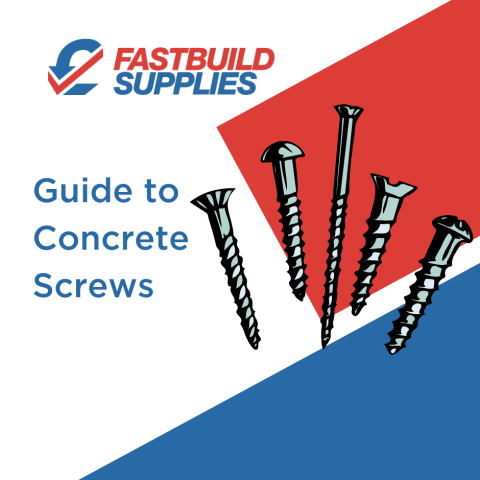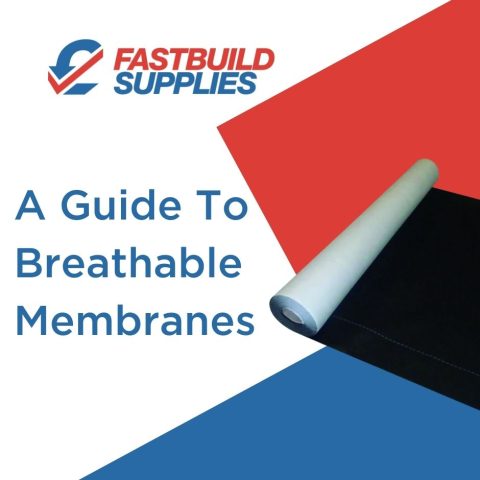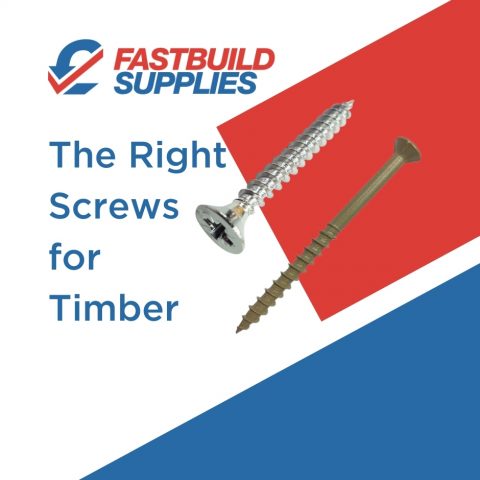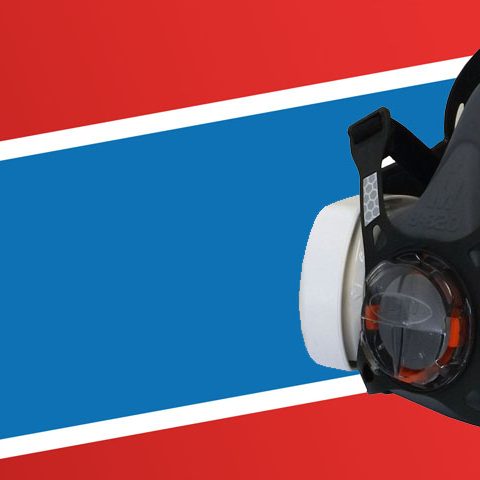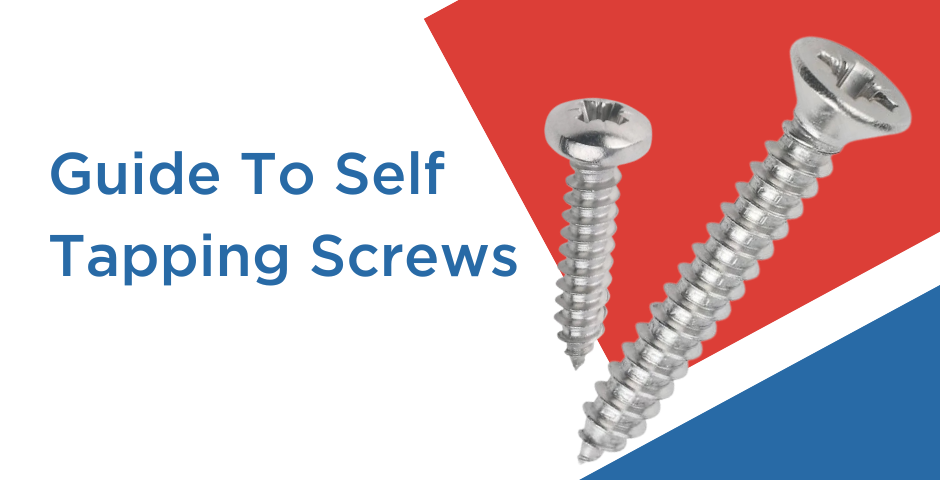
Self-tapping screws are a type of screw that can tap their own threads when screwed into materials such as metal, plastic or wood. Our guide will tell you all you need to know about self-tapping screws to determine if they are right for your construction project and how to use them.
What Is A Self-Tapping Screw?
A self-tapping screw is a type of screw that is designed to create its own thread as it is driven into a material. Unlike traditional screws, which require a pre-drilled hole with a matching thread, self-tapping screws have a unique design that allows them to cut into the material and form their own threads during the installation process.
These screws are commonly used in applications where it may be difficult or impractical to create pre-drilled holes, such as in metal or hard plastics.
Self-tapping screws come in various shapes and sizes, each suited for specific materials and applications. They typically have a pointed tip to help initiate the thread-cutting process, and their threads may be coarse or fine, depending on the intended use.
It's important to choose the right type of self-tapping screw for a particular job to ensure proper engagement and holding power. Additionally, using the correct size and driver for installation is crucial to prevent stripping or damaging the screw and the material being fastened.
What Are Self-Tapping Screws Used For?
The primary purpose of self-tapping screws is to simplify and speed up the fastening process. They are commonly used when you can only access one side of a material that you are trying to attach something to, as the self-tapping screw holds itself in place and doesn’t need to be fastened on the other side with a bolt.
Self-tapping screws are particularly useful for items that need disassembly and reassembly, such as furniture, as the screw can be reinserted back into the same thread they created with ease.
Examples of using self-tapping screws include:
- Metalwork - Self-tapping screws are commonly used in industries such as construction, automotive, and manufacturing. If screwing into aluminium, use a self-tapping screw with a drill-like point and sharp cutting blade threads down the whole screw. This will ensure a hole is created without pre-drilling and also helps to prevent denting in the metal.
- Woodworking - Self-tapping screws can be used in woodworking applications, particularly with softer woods. They are convenient for quick assembly of wooden structures and furniture.
- Plastic - Self-tapping screws can be used for assembling plastic components more easily.
- Roofing - Self-tapping screws are commonly used in roofing applications, especially for attaching metal roofing panels. They can secure the metal to the underlying structure from one side.
Do You Pre-Drill Holes For Self-Tapping Screws?
Self-tapping screws are designed to create their own threads as they are driven into the material, which theoretically eliminates the need for pre-drilling. These screws typically have a drill-like point that enables them to cut through the material and create threads, making it easier to install them directly.
Do You Need a Pilot Hole for Self-Tapping Screws?
While self-tapping screws can often be used without pre-drilling, there are situations where creating a pilot hole may still be beneficial:
- Hard Materials - When working with hard materials such as hardwoods or metals, creating a pilot hole can make the process smoother and prevent the risk of the screw breaking or getting damaged.
- Preventing Splitting - In wood and plastic, pre-drilling a pilot hole can help prevent the material from splitting, especially near the edges.
- Improved Accuracy - Creating a pilot hole ensures accurate placement of the screw and can be particularly helpful when precise alignment is crucial.
Self-Tapping Screw Types
It also depends on the type of self-tapping screw you have. Pointed-nose self-tapping screws don’t require a pilot hole to be created, as they can drive through the materials. However, self-tapping screws with flat or blunt ends will require a pilot hole to be created before they can be driven into the material.
When creating a pilot hole for a self-tapping screw, the hole should be slightly smaller than the screw diameter.

Self-Tapping vs Self-Drilling Screws
Self-tapping screws and self-drilling screws are quite similar; however, a self-drilling screw essentially has an integrated drill bit at the end of the screw, and a self-tapping screw does not. This means it is easier for a self-drilling screw to be driven into materials than it is for a self-tapping screw. A self-drilling screw will not require a pilot hole, but a self-tapping screw might.
Self-drilling screws drill their own pilot holes while simultaneously tapping threads. These are particularly good for attaching metal and hard materials.
Types of Self-Tapping Screw Heads
There are a few different head types you can find on self-tapping screws:
Countersunk Self-Tapping Screws
A countersunk self-tapping screw provides a flush finish, as the head of the screw sits below the surrounding material. The result should be flat and smooth.
Pan-Head Self-Tapping Screws
A pan-head self-tapping screw has a rounded top and thicker sides. Pan head self-tapping screws are best used in high-torque applications, such as in wood or metal.
Flange-Head Self-Tapping Screws
A flange-head self-tapping screw has a wide, flat base, which allows more clamping torque than other self-tapping screw head types. They are commonly used to attach metal to other metal or plastic to other plastic.
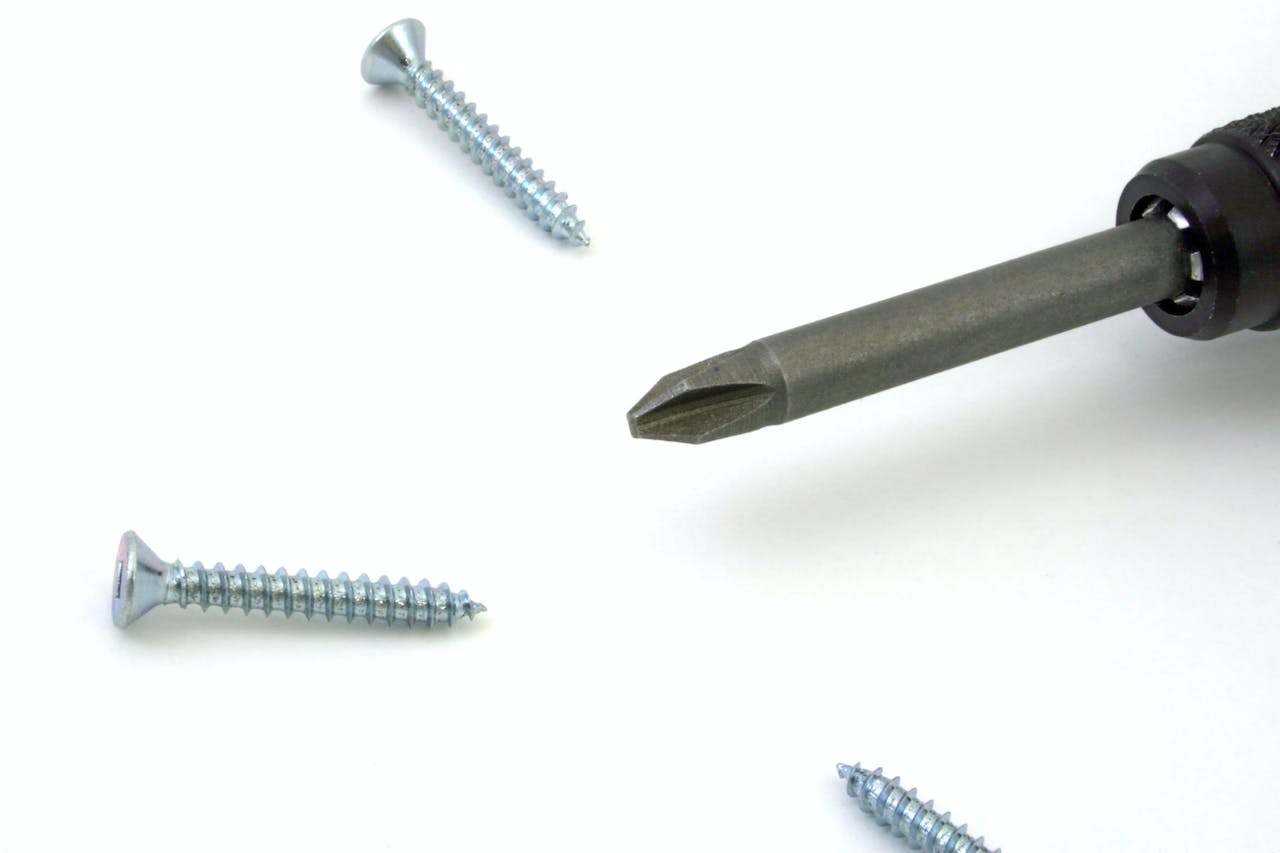
How To Use Self-Tapping Screws
Using self-tapping screws is a fairly straightforward process. Follow our step-by-step guide on how to use self-tapping screws:
1. Choose the Right Screw
Self-tapping screws come in various sizes and types, so it's essential to select the right screw for your project. Consider factors such as the material you are working with and the thickness of the materials being joined.
2. Mark the Screw Placement
Mark the locations where you want to insert the screws on the materials you are joining. Use a pencil or marker to make clear and accurate markings.
3. Pre-drill a Pilot Hole (if necessary)
While self-tapping screws are designed to create their own threads, it can be helpful to pre-drill a small pilot hole to make the initial penetration easier.
4. Insert the Screw
Place the screw on the marked spot and start turning it clockwise. Apply gentle pressure to allow the screw to create its own threads. If you pre-drilled a pilot hole, the screw should easily grip and start threading.
5. Use the Right Tools
Use a screwdriver or power drill with the appropriate bit for the self-tapping screw you are using. Make sure the bit matches the screw head to prevent stripping or damaging the screw.
6. Apply Even Pressure
Apply even pressure as you turn the screw. If you're using a power drill, use a low to medium speed to ensure better control.
7. Stop When Tight
Stop turning the screw once it is snugly in place. Over-tightening can lead to damage or stripping of the threads.
8. Check Alignment
Double-check the alignment of the materials being joined to ensure they are in the desired position before fully tightening the screw.
Are Self-Tapping Screws Strong?
Self-tapping screws can provide a strong and secure connection, especially when used in softer materials like wood.
However, the strength of a self-tapping screw can be influenced by factors such as the thickness and type of material it's being used in, the torque applied during installation, and the quality of the screw itself. In some cases, using a pilot hole before installing a self-tapping screw can enhance its strength and reduce the risk of the material splitting.
When using self-tapping screws in applications where high strength is crucial, it's important to consider the specific requirements of the project and choose screws that are appropriate for the materials and load-bearing needs.
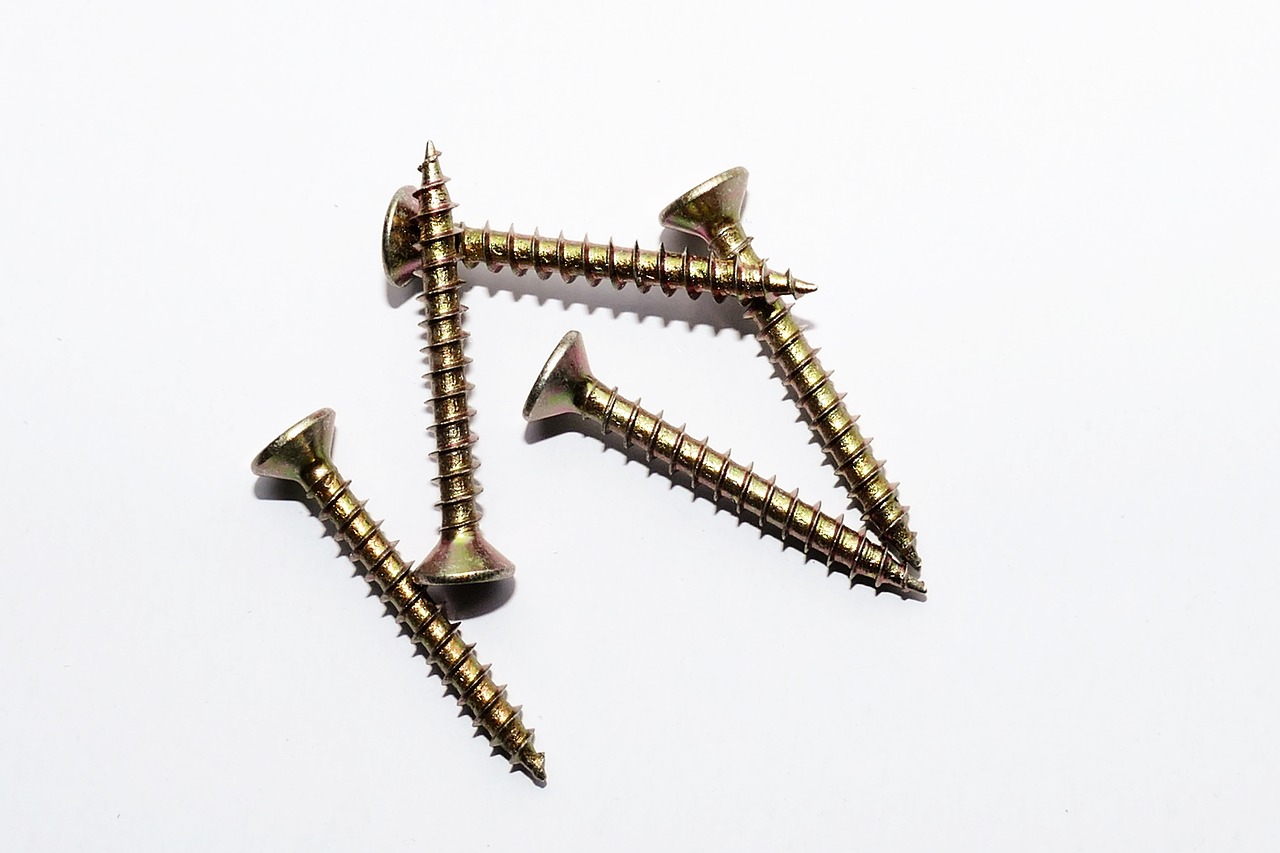
Are Self-Tapping Screws Removable?
Self-tapping screws are generally removable, but the ease of removal can depend on various factors, including the type of material the screw is in, the torque applied during installation, and the condition of the screw and surrounding material.
If a self-tapping screw is installed with low torque and in a softer material, it is usually easier to remove. However, if the screw is heavily tightened or installed in a hard material, it might be more challenging to remove.
For example, when used in furniture construction, self-tapping screws should be easily removable for deconstruction when needed.
What Size Screw Do I Need?
Consider the thickness of the material you are using and the finish you are looking for from the project. Choosing the right screw size is important - if it is too loose or doesn’t screw in completely, it isn’t the right screw!
Remember, it is easier to make a hole bigger than it is to make it smaller again, so if you’re unsure, try a smaller screw first and then go bigger if needed.
Check out our guide to measuring screws to learn more about finding the right screw for your construction project.


